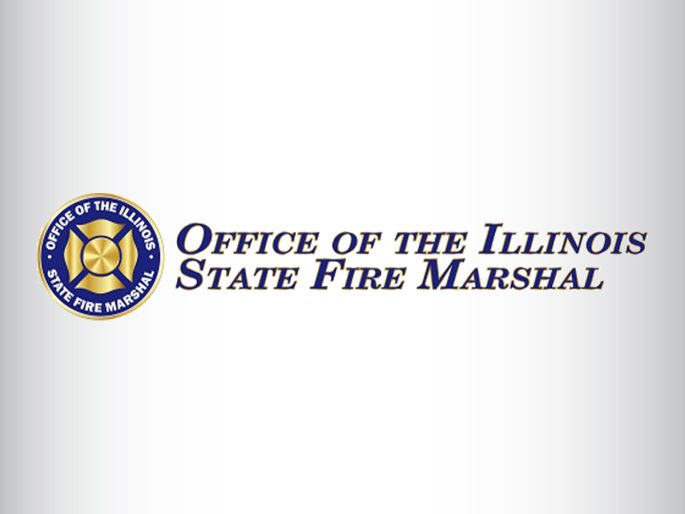The U.S. Environmental Protection Agency (EPA) and U.S. Department of Transportation’s National Highway Traffic Safety Administration (NHTSA) recently released a proposal to freeze the Corporate Average Fuel Economy (CAFE) standards at the 2020 requirements. If approved, the standards would require a fleet average of 36.9 miles per gallon (mpg) for cars and light-duty trucks through model year (MY) 2026. Under the previous standards, the fleet average was to increase to 51.4 mpg by 2025. The current proposal also revokes California’s authority to establish its own emissions regulations that are more stringent than the federal standards. California and several other state attorneys general have said they will file a lawsuit if the proposal is adopted.
Lower national fuel economy standards will affect the fueling market. Here are a few possible scenarios for your consideration:
- U.S. fuel consumption will be higher than under the original 51.4 mpg targets.
- Auto manufacturers may struggle to prioritize their production goals amid conflicting global and U.S. demand for advanced emission-reducing technologies.
- If California is not permitted to set stricter standards, the U.S. automotive market, which has been impacted by regional disparities in demand for electric vehicles, may become more uniform. Conversely, if the federal standard is held to 36.9 mpg and California is permitted to continue setting more stringent requirements, and other states follow California’s lead, two automotive markets may begin to develop.
- Cost-sensitive consumers seeking to reduce fuel expenses may continue to demand advanced fuel economy technologies, independent of what the federal standards dictate.
The EPA and NHTSA have said they will reach a final decision about the fuel economy standards this winter. People working in the fuel industry should monitor what adjustments automakers make to their fleet offerings, as this will be an indication of what fuels will be in demand in the future.
Watch Fuels Market News and CSP for Source articles about the fuel economy standards and the outlook on fuel consumption.




